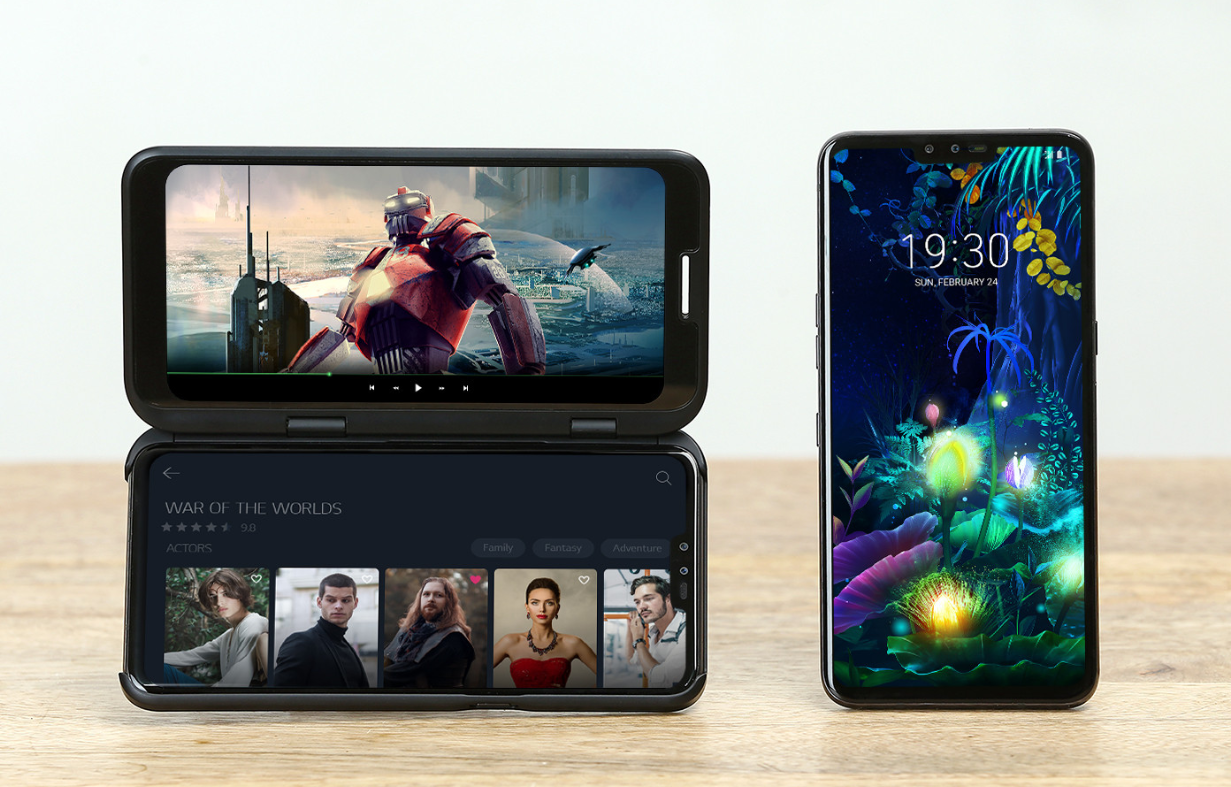LG’s smartphone division may not be as famous as it used to be but they sure deliver good smartphones with excellent overall performance. The brand ventured into dual-screen technology with the launch of the G9 ThinQ. The V50 ThinQ and V60 ThinQ were also launched in 2019 and 2020 respectively packing a dual-screen design.

The technology behind the Dual-screen case used of the phones has now been revealed. Turns out LG didn’t directly manufacture the Dual Screen case but they brought in a firm called Keyssa to develop a sort of “wireless connector” to get the secondary display to connect and work in unison with the primary one. Keyssa calls its technology “Kiss Connectivity.”
In an interview with DisplayDaily, Keyssa Marketing VP Steve Venuti talked about the technology in devices like the LG V50 ThinQ. He spoke of the company’s wireless connector technology and how it enables two screens to “connect” without actually having wires running back and forth.
“Keyssa designs, markets, and sells what we call a wireless connector. Wireless, in that it uses RF to transmit and receive data between two devices. But, a connector in that it is designed for near-field, device-to-device applications where a mechanical connector may not be the most effective method for connecting two devices,” Venuti said in the interview.
Essentially, the technology is designed to work in a way that’s similar to a wire, but in situations where a cable wouldn’t be possible. The products offered by Keyssa are designed to emulate the characteristics and properties of wire without the physical connection. Even though it’s wireless, there are no needed firmware updates, so it does work as a wire.
The technology used for linking the secondary display to the rest of the phone is called mmWave, which — just like mmWave 5G — has a line of sight limitation. That ends up not being a disadvantage for Keyssa, as the company needed a near-field, device-to-device connection to accomplish its goals.
UP NEXT: Oppo Enco W51 TWS with ANC launches in China for 499 Yuan ($70)
(source)







